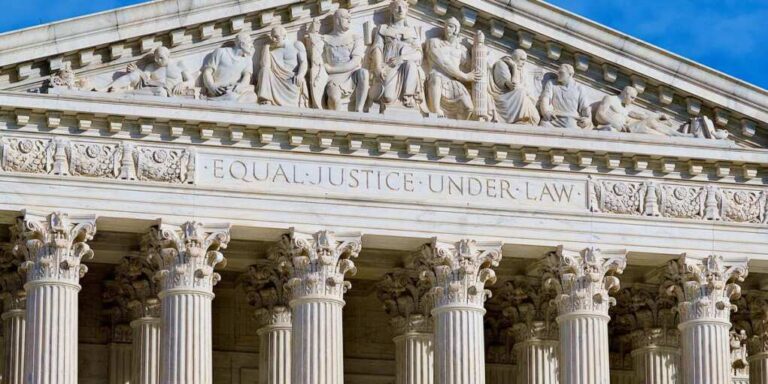
President Donald Trump’s legal team has asked the Supreme Court to resolve a century-defining question: can a president fire members of powerful “independent” agencies without having to prove misconduct? The petition stems from Trump’s move earlier this year to remove FTC Commissioner Rebecca Kelly Slaughter. Lower courts blocked the dismissal, pointing to statutory “for cause” protections and the Supreme Court’s 1935 precedent, Humphrey’s Executor v. United States, which insulated FTC commissioners from at-will presidential removal.
The administration’s argument is straightforward and sweeping. The FTC wields quintessential executive power—investigating companies, bringing enforcement actions, and extracting remedies—so its leaders must be accountable to the elected head of the Executive Branch. If the president cannot remove the officials who execute the laws, the unitary-executive principle the Constitution presumes is fatally compromised. The Justice Department is therefore urging the Court to greenlight Trump’s removal of Slaughter and, if necessary, to pare back—or outright overturn—Humphrey’s Executor.
That would not be a shot in the dark. Over the past 15 years, the Court has steadily narrowed Congress’s ability to wall off executive officers from presidential control. In Free Enterprise Fund v. PCAOB (2010), the Court invalidated dual layers of “for cause” protection for board members embedded under the SEC. In Seila Law v. CFPB (2020) and Collins v. Yellen (2021), it struck down removal limits for single-director agencies exercising executive power. The common thread: when officials prosecute, regulate, and punish, they are executing the laws—and the Constitution vests that power in a president the voters can hold to account.
Humphrey’s Executor is the remaining constitutional pillar for multi-member boards like the FTC, SEC, FCC, NLRB, and others. But the administrative state of 2025 bears little resemblance to the New Deal’s vision of modest, quasi-legislative “expert bodies.” Today’s commissions run sprawling enforcement programs, set binding rules with criminal or civil teeth, and negotiate multibillion-dollar settlements. The more they act like prosecutors, the weaker Humphrey’s quasi-legislative/quasi-judicial fiction looks—and the stronger the case for presidential control.
The Slaughter dispute is a clean vehicle to test that proposition. Statutes currently say commissioners may be removed only for “inefficiency, neglect of duty, or malfeasance.” Lower courts leaned on that language and Humphrey’s Executor to reinstate Slaughter after Trump fired her. The administration counters that Congress cannot use a statute—nor a Depression-era precedent—to disable the Constitution’s allocation of executive power. If commissioners are executing the law, the Constitution requires the president to be able to replace them, period.
Expect fierce resistance from the left and from agency traditionalists. They will warn that at-will removal invites political interference in “independent” decision-making, chills unpopular but necessary enforcement, and risks whiplash as administrations swap personnel. They’ll also argue stare decisis—respect for settled precedent—should protect Humphrey’s absent an extraordinary reason to jettison it.
But the Court has already trimmed Humphrey’s in recent cases, signaling that independence cannot become impunity from democratic accountability. A narrow ruling could simply recognize broader presidential removal authority at the FTC without touching every commission. A broader ruling could reorient the entire administrative state: commissioners would still require Senate confirmation and fixed terms, but the president could remove them when policy diverges.
The practical stakes are massive. For the FTC alone, at-will removal would give the White House direct leverage over leadership direction—merger policy, rulemaking pushes, and litigation priorities. Across the alphabet soup of agencies, it would curb the tendency of commissions to act as a “fourth branch,” restoring clearer lines of authority from voters to the Oval Office, and from the Oval Office to the officials who enforce federal law.
For now, the Supreme Court must decide whether to take the case. If it does, the justices won’t merely be ruling on one commissioner’s job status; they’ll be confronting whether a 90-year-old precedent should continue to shield modern enforcement power from presidential accountability. If the Court sides with the administration, Washington’s “independent” islands may soon be brought back under a single constitutional tide.
